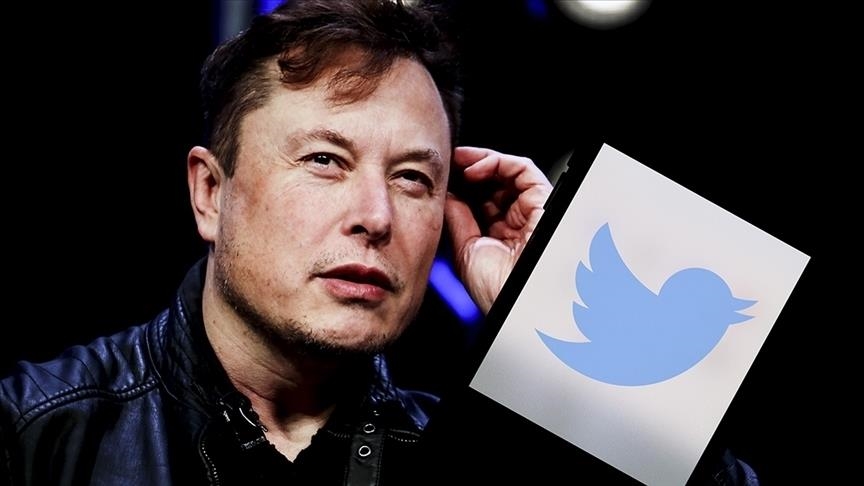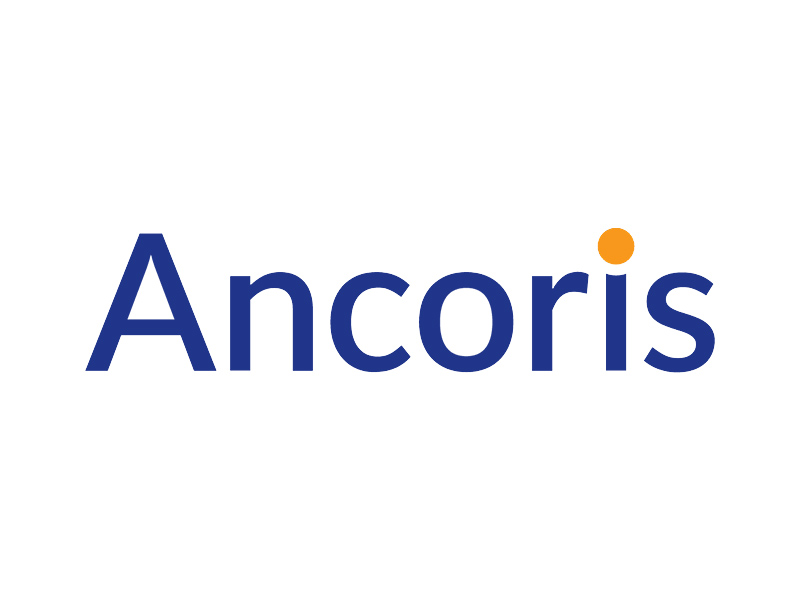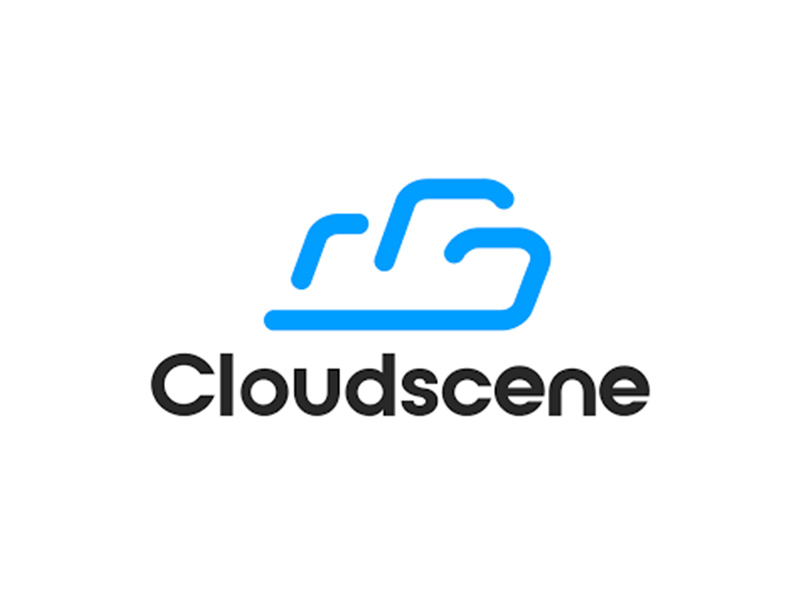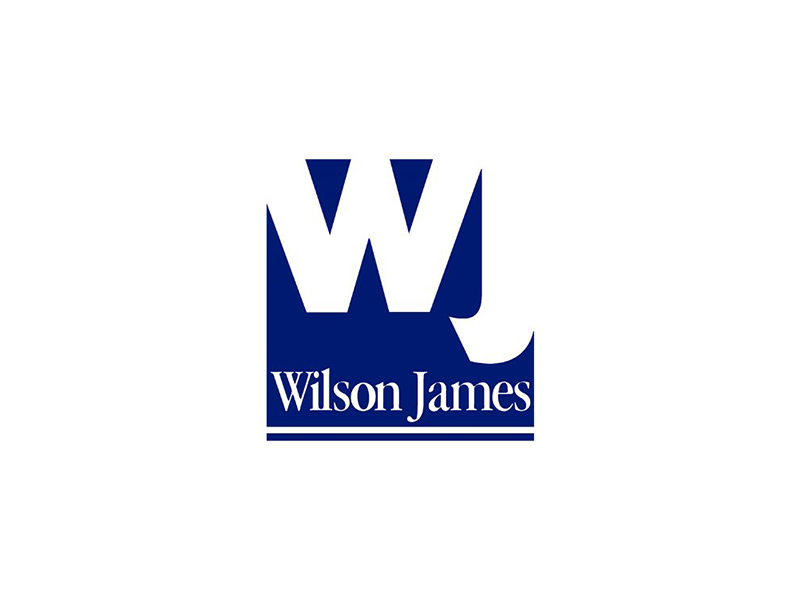
In case you’ve been living under a rock for the past couple of months, Elon Musk, founder of SpaceX and Tesla, acquired Twitter for $44bn (yes, billion). While having Musk, avid social media user and self-proclaimed “meme lord”, oversee the world’s largest town hall is slightly alarming and will have certain sociological, moral and political ramifications, this isn’t the point of discussion for today.
The pressing issue is Elon’s firing of a significant portion of Twitter’s staff, 50%, in fact. Well, it turns out that a radical move or transformation such as this has created a few small problems with the social platform in danger of going down, advertisers leaving, etc. Problems so significant that there’s word of Mr Musk grovelling to a substantial number of recently fired employees to return.
Following on from our previous article, The GREAT Hiring Freeze, we’re going to explore how acquisitions, mergers and takeovers impact workforces and discuss whether Twitter’s situation is unique or just another sign of the times.
What happened at Twitter?
In an effort to cut expenses since the company was supposedly losing money, Twitter fired close to 50% of its employees worldwide. Both the retained employees and the fired employees received the news via email. Before Musk’s acquisition, Twitter employed 7,500 people, so around 3,700 jobs were lost.
It’s important to clarify that these circumstances aren’t unique to companies in the limelight. Suzanne Scruton, Chesamel’s Managing Director reminds us that “even when takeovers don’t involve a famous face and dramatic news stories, talent loss after mergers and acquisitions can be substantial. We know that companies can lose up to 3/4 of their workforce within the 36 months following an acquisition.”
Musk said, regarding Twitter’s reduction in force, “unfortunately, there is no choice when the company is losing over $4M/day.”
Departments in charge of communications, content curation, human rights, and machine learning ethics were among those eliminated, according to tweets from Twitter personnel, along with several product and technical teams.
Musk has also dismissed the chief executive officer and the organisation’s top financial and legal officials. Others have left during the last week, including those in charge of the company’s marketing, advertising, and human resources departments.
If gutting the company and having the whole world scrutinise the decisions and sympathise with the fired employees wasn’t enough of a bad start, in recent days, advertisers have reduced spending due to worries about content filtering.
Clearly, this disregard for the importance of the employees in the success and day-to-day running of Twitter quickly put Musk in some hot water.

The root cause of the firings – was Twitter just toeing the line?
Elon Musk acquired Twitter for $44 billion, but it’s obvious that he had no idea that the company’s 7,500 employees represented its most valuable assets. The factories, equipment, patents, and brand name of a company are its assets according to corporate balance sheets.
Employees are not regarded as assets. They show up as expenses. In actuality, payrolls often account for two-thirds of an organisation’s overall expenses. Thus, businesses frequently reduce payroll in order to boost profitability. If an employee is a product, each product will produce a greater profit if these input costs are lower. Or that is the conventional viewpoint.
However, businesses nowadays are becoming more than just production units. They are hierarchical structures that control the know-how, know-what, know-where, and know-why of the individuals that operate inside them. A significant and increasing portion of a company’s worth today resides in the minds of its employees—minds that are creative, aware of areas that want development, aware of the company’s strengths and weaknesses, and aware of the reasons for its success (or failure).
These are increasingly the most important corporate assets today, replacing things like factories, equipment, patents, and trademarks with intangible human resources. They need to be inspired. Musk started to trash what he had acquired when he dismissed half of Twitter’s employees, threatened to terminate any dissidents who persisted, and insisted that the remaining staff agree to work “hard hours at high intensity.” This led to an additional 1,200 or so Twitter employees quitting after the mass exodus. Now Elon’s panicking.
Without this expertise and skill, Twitter is nothing more than a shell made up of an office building, a few patents, and a brand with no ability to sustain or even enhance its service. It won’t likely fail all at once, but there will be more faults and malfunctions, the quality of what is provided will drop, angry tweets will increase, and users and advertisers will turn away.
The lesson here is that businesses can make huge errors if they just see their staff as expenses to be reduced rather than assets to be nurtured.
The underestimated importance of the workforce
If you needed any further evidence of how vital workforces and, in fact, suitable employees are to a business’s success, take a look at what Twitter was forced to do mere days after the layoffs.
After making headlines for huge layoffs, some of those employees have been asked to return since they were “laid off by mistake.” This comes after many business professionals thought that the rapid layoffs immediately following Elon Musk’s takeover were rushed and disorderly.
While Twitter’s scenario is somewhat unique, it follows 2022’s trend of the world’s largest companies announcing significant layoffs and hiring restrictions. We know that socioeconomic factors are the biggest reason across the board, and this has been confirmed in Twitter’s case, as Musk cited monetary losses as the primary reason for the layoffs.
But perhaps there could be a solution to help stabilise Twitter after the significant layoffs as it goes through this transition.
Did you ever consider workforce solutions, Elon?
Our previous article detailed how workforce solutions could be utilised in a hiring freeze, not during a mass layoff. However, the problem is more or less the same. The work continues, and skilled individuals are required to complete said work, but they’re not there for one reason or another. Enter workforce solutions.
In an unstable economic landscape where companies are forced to either lay off staff or halt new long-term hires, the company doesn’t automatically stop in its tracks; it either continues to move, grow and evolve or starts moving backwards. With a mammoth amount of daily traffic and dozens of projects in full flow, you can see how a sudden lack of resources could have threatened the actual operation of twitter’s platform.
While Twitter didn’t seem to get the message, many industry-leading companies and SMEs are turning to agile workforce solutions to stay competitive.
“During times of rapid change like this, having flexible ad-hoc workforce solutions can be critical to ensuring that projects are still delivered on time and to expectation regardless of talent churn or the often inevitable need for headcount cuts following a merger.”Suzanne Scruton – Chesamel, Managing Director
– Suzanne Scruton – Chesamel, Managing Director
Chesamel strategically embeds on-demand experts in projects based on a defined brief from the client, allowing teams to be seamlessly scaled as required without impacting headcount.
Tap into astute on-demand support to immediately facilitate a project of any size. Whether short-term or supporting out-of-scope projects with our embedded consultants, we provide flexible rolling contracts that can be easily extended and aligned with your business needs and budget.
We can deliver a tailored services model that combines and utilises our embedded consultants, Hub and direct recruitment solutions when needed to address resourcing challenges at any point in time.
Solve your recruitment challenges
If you’d like to learn more about how our agile workforce solutions could help your business, get in touch!












